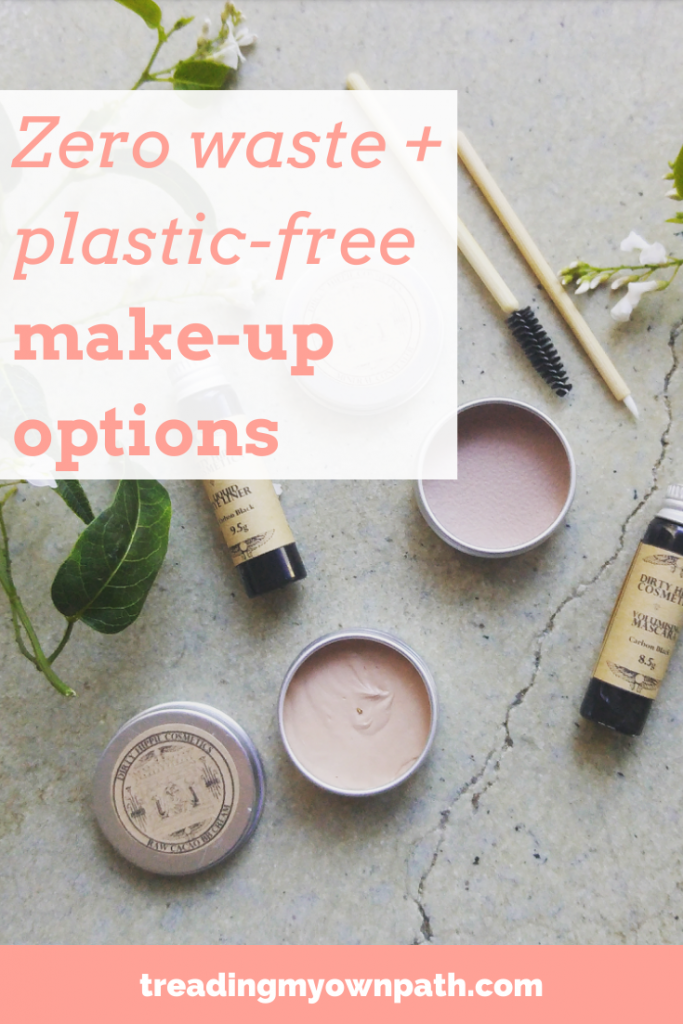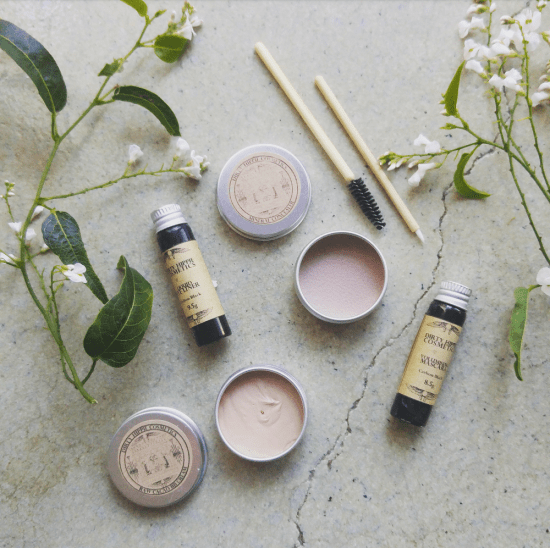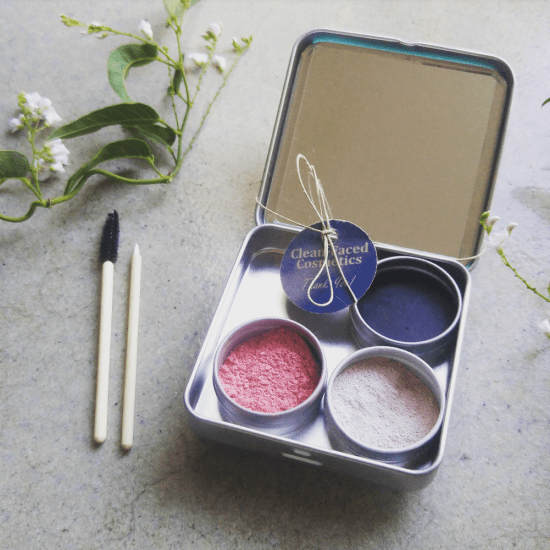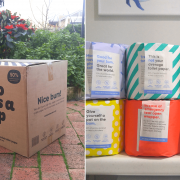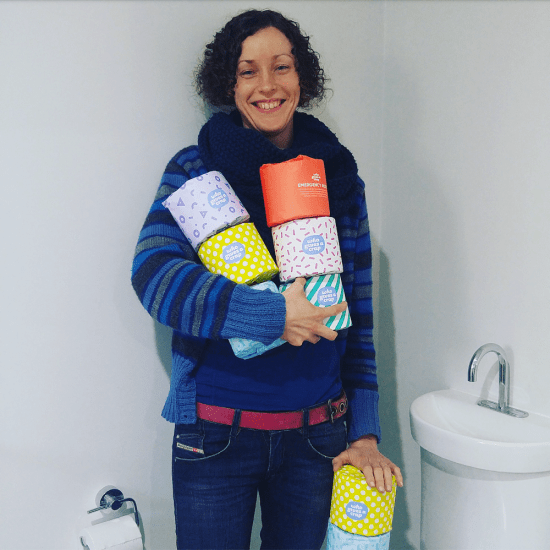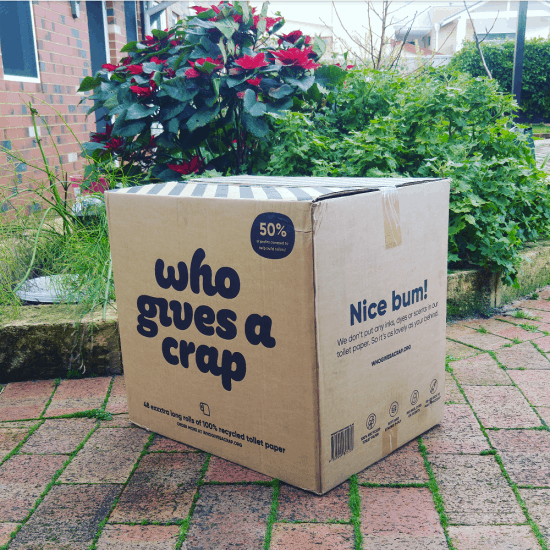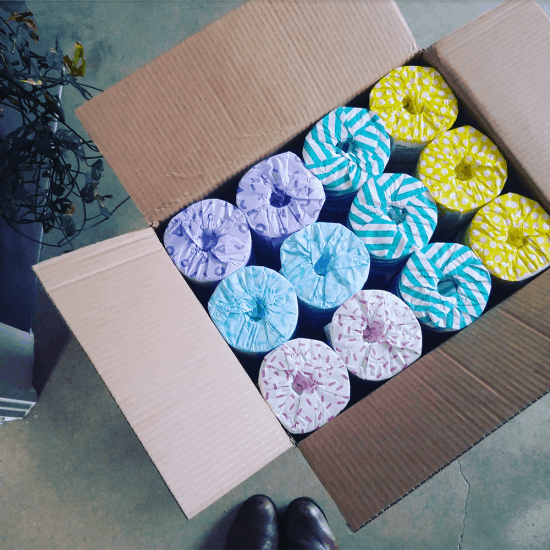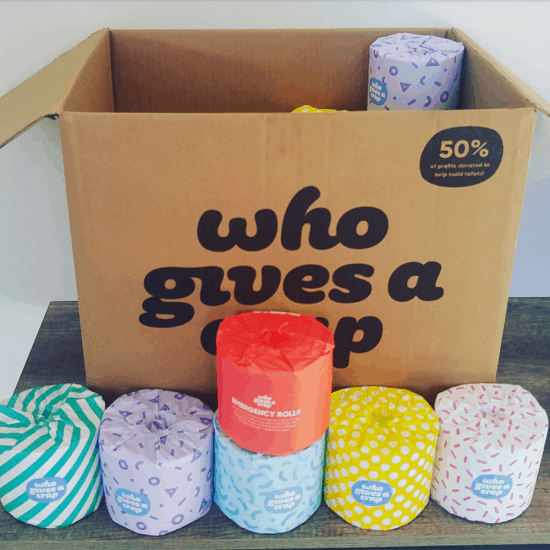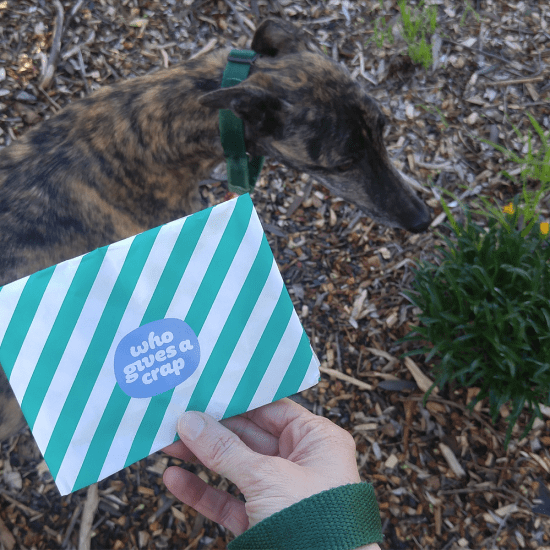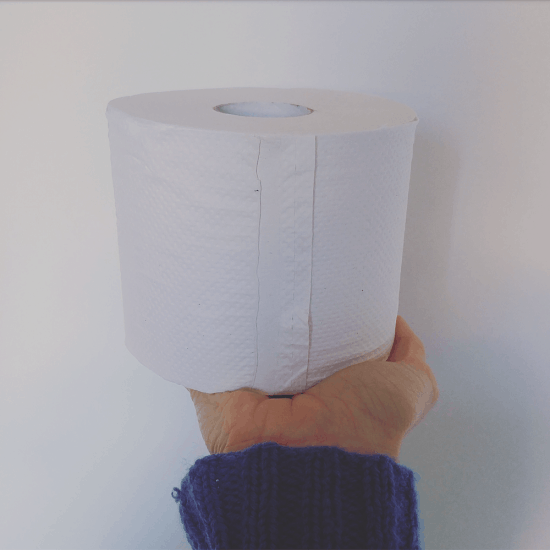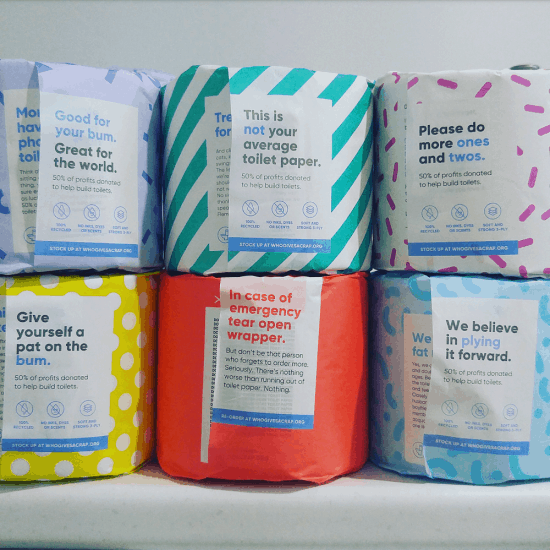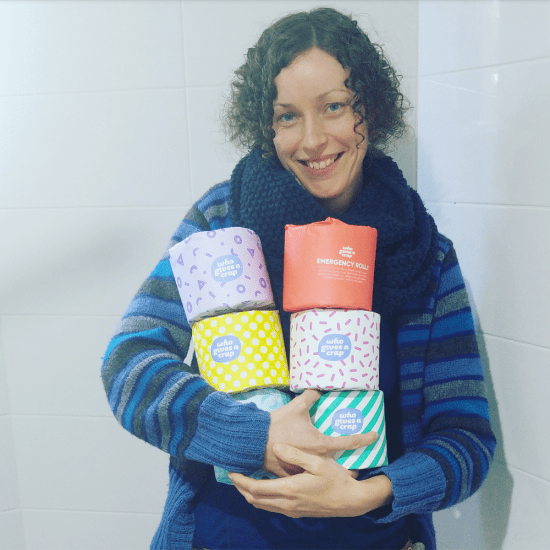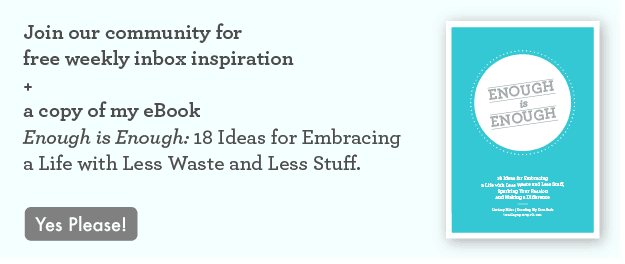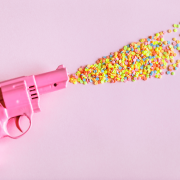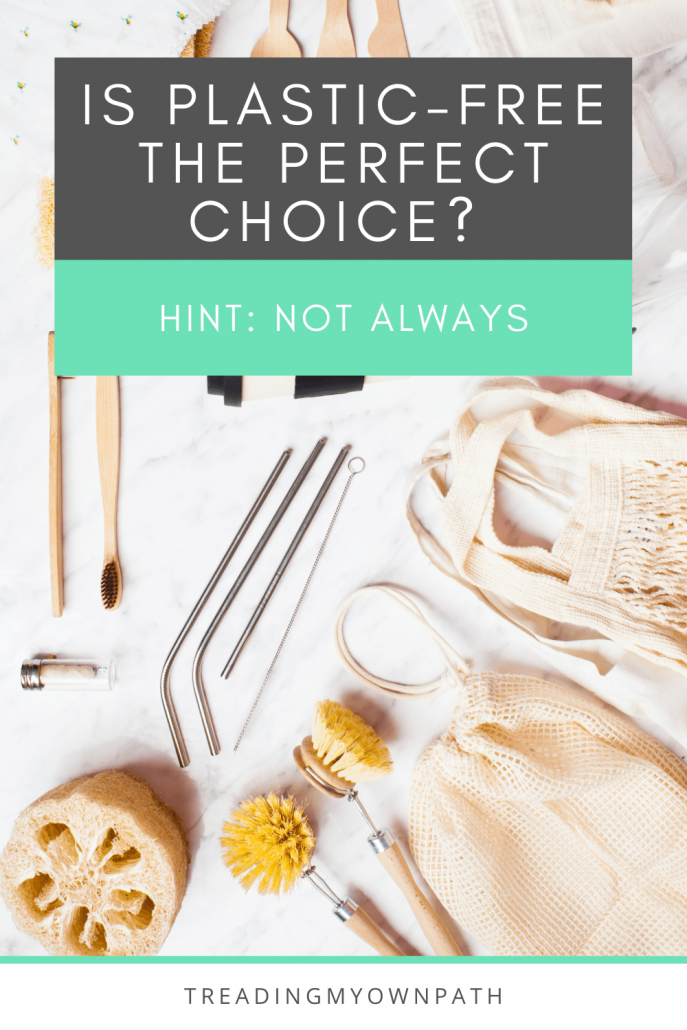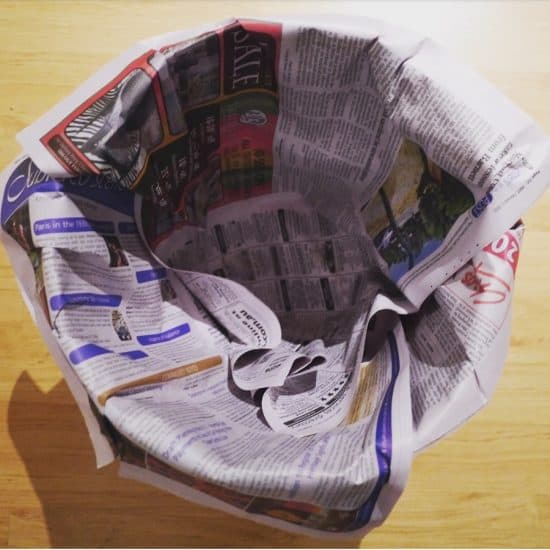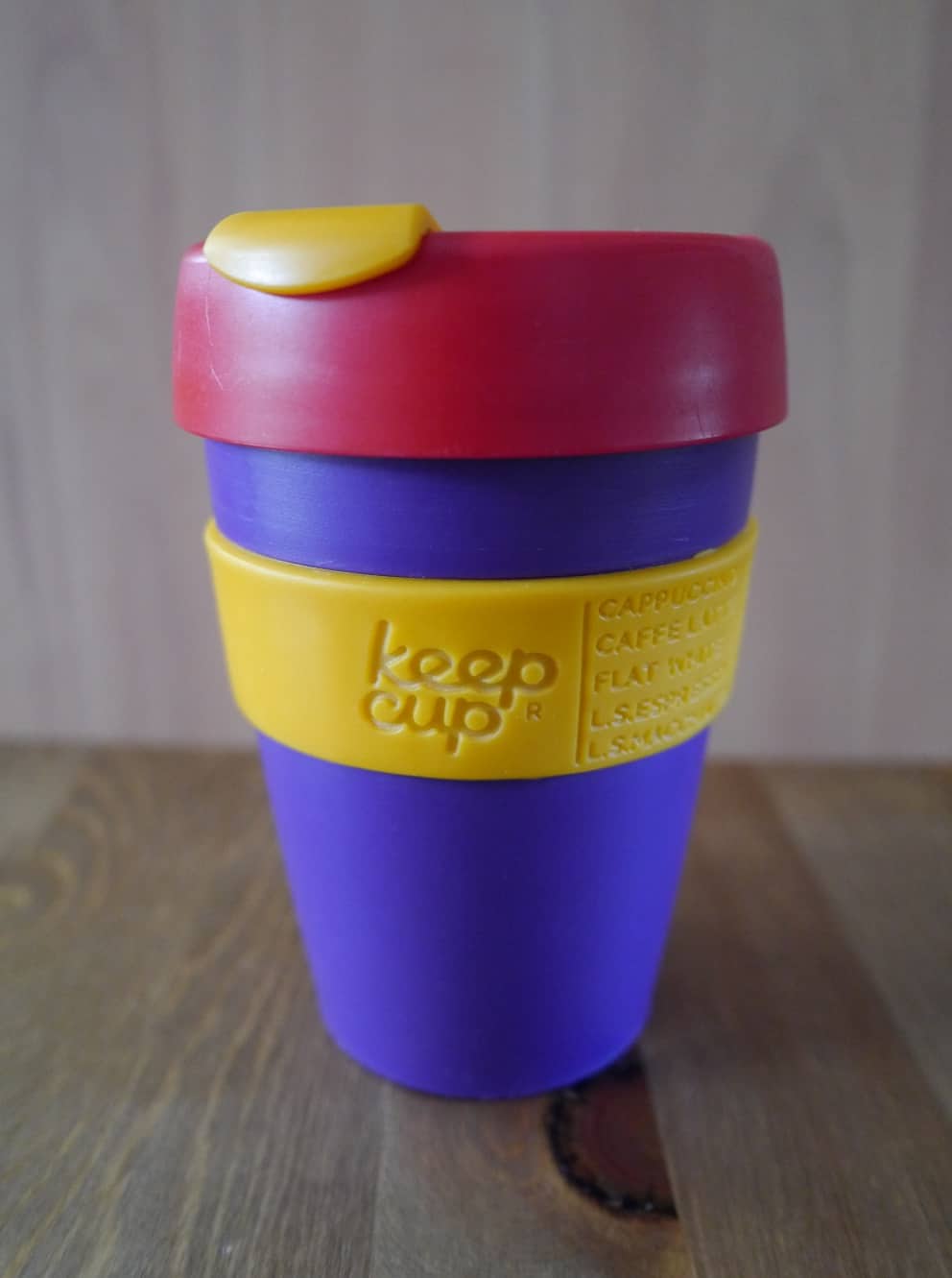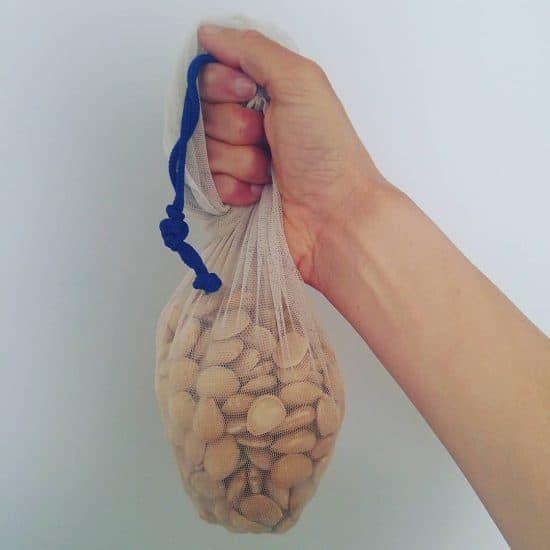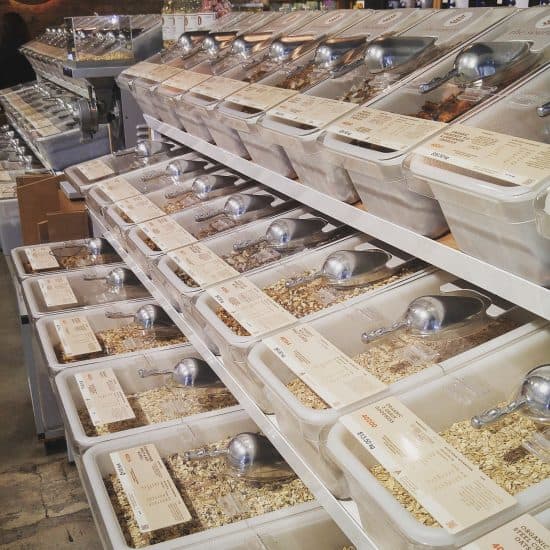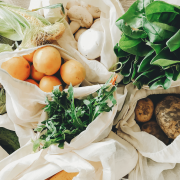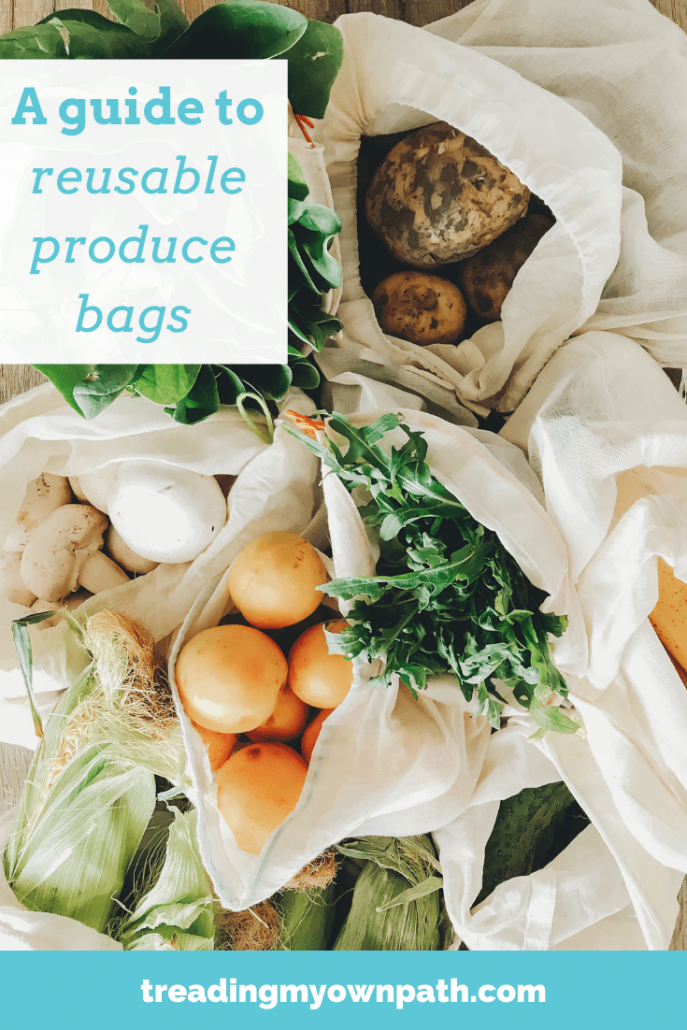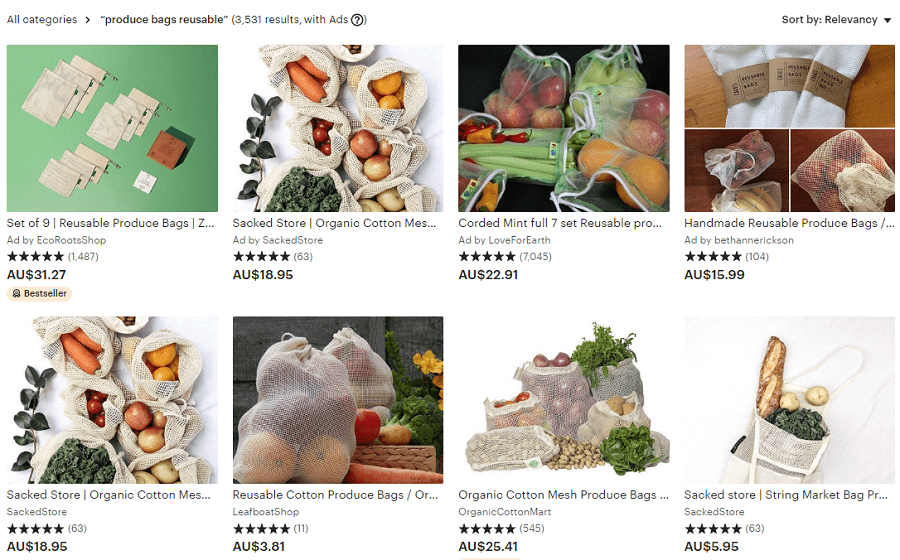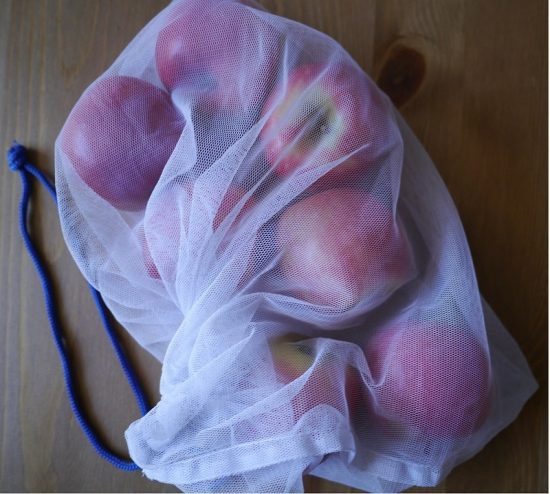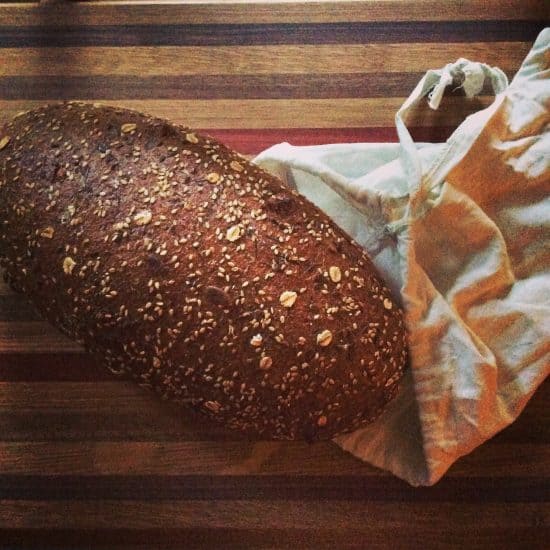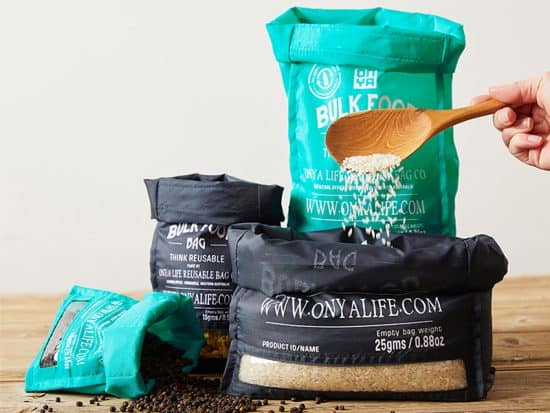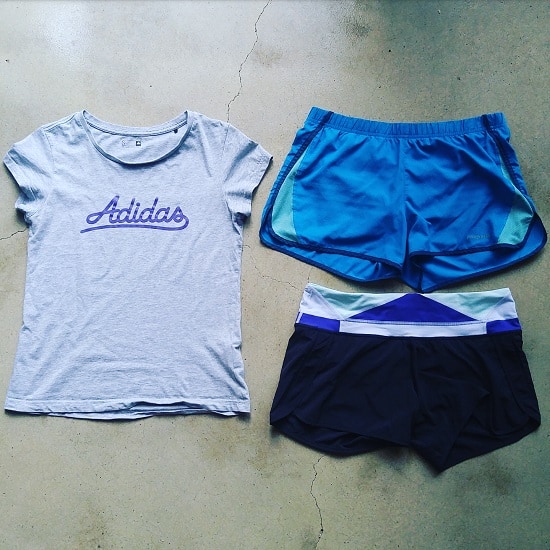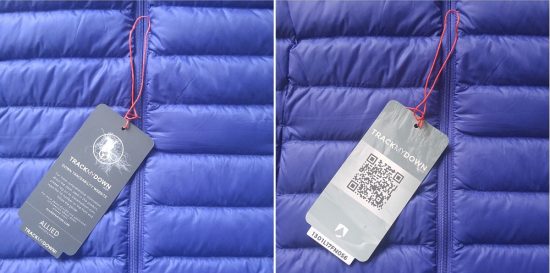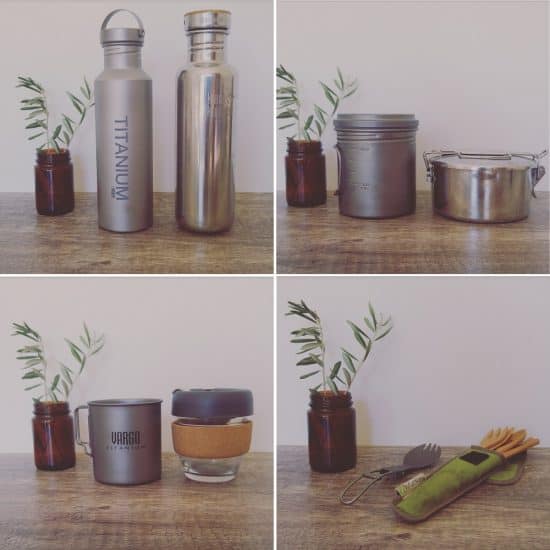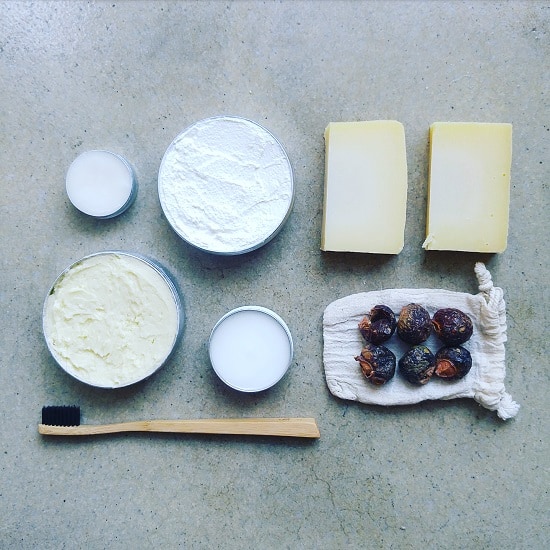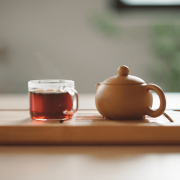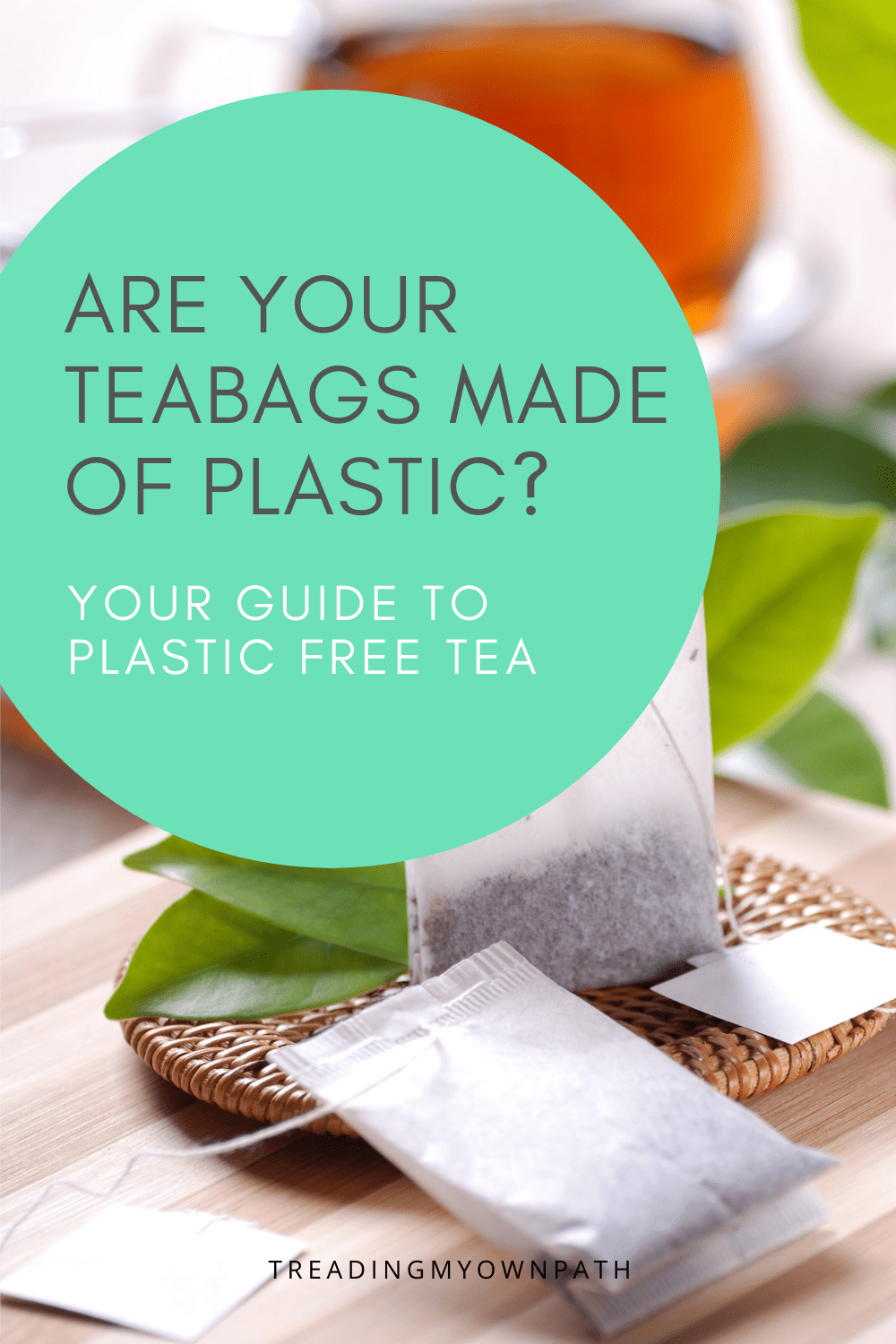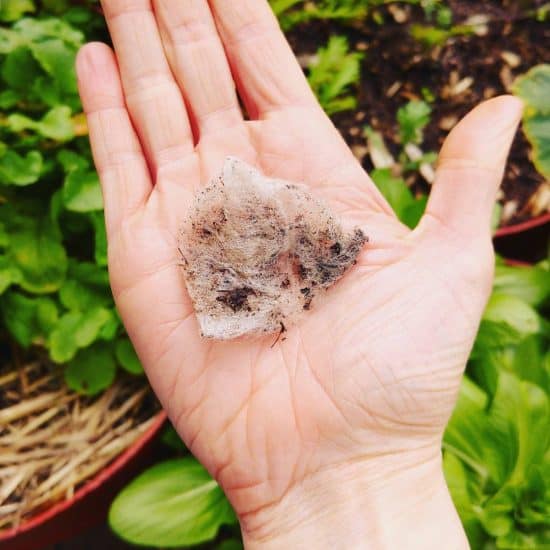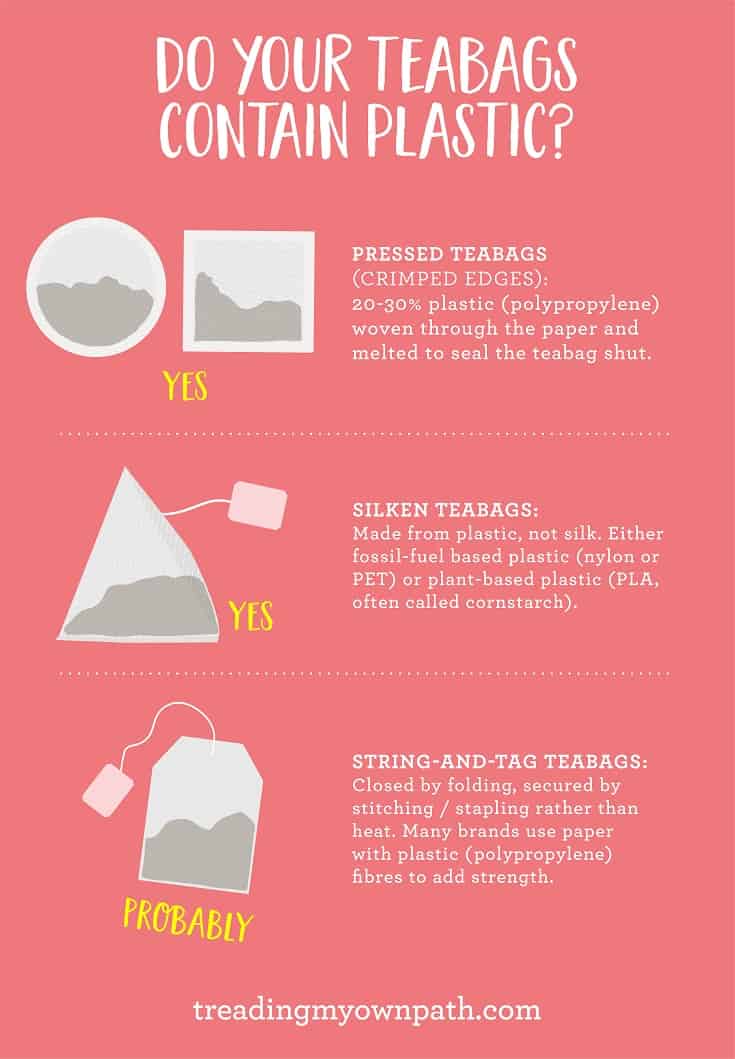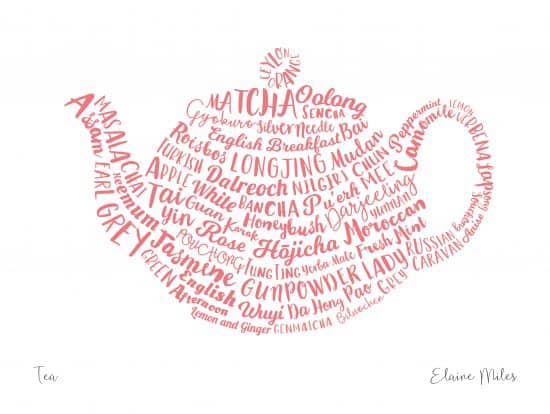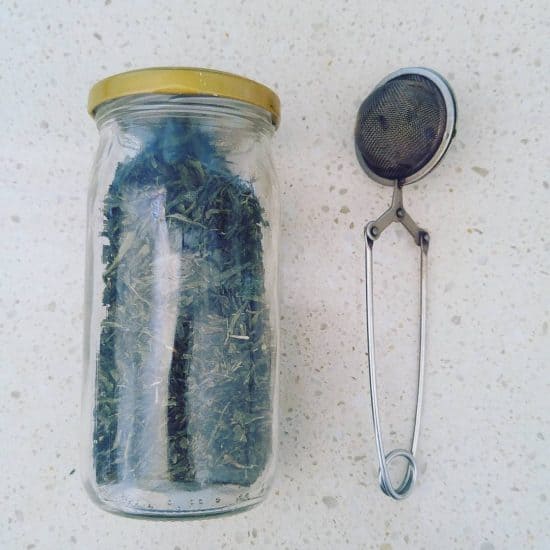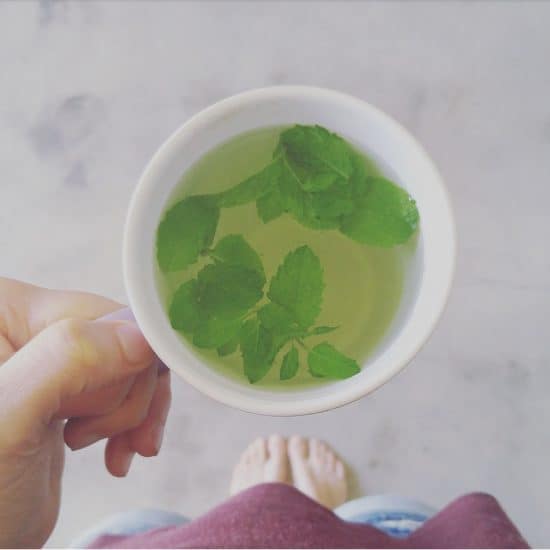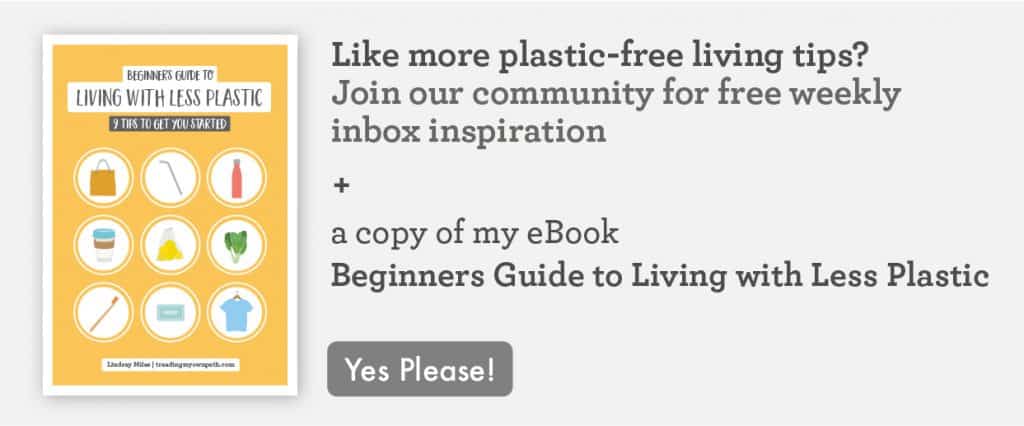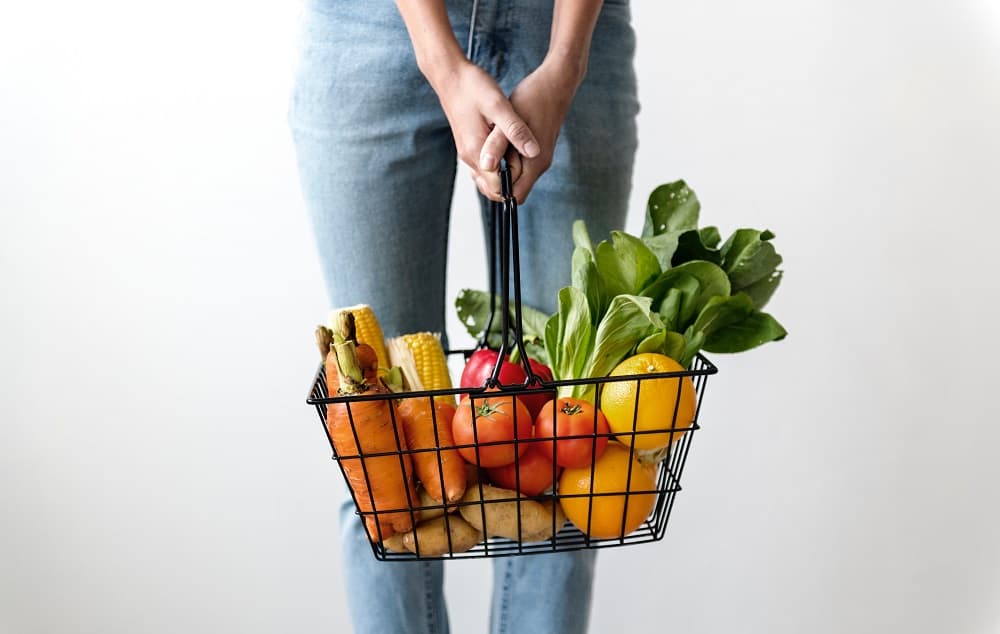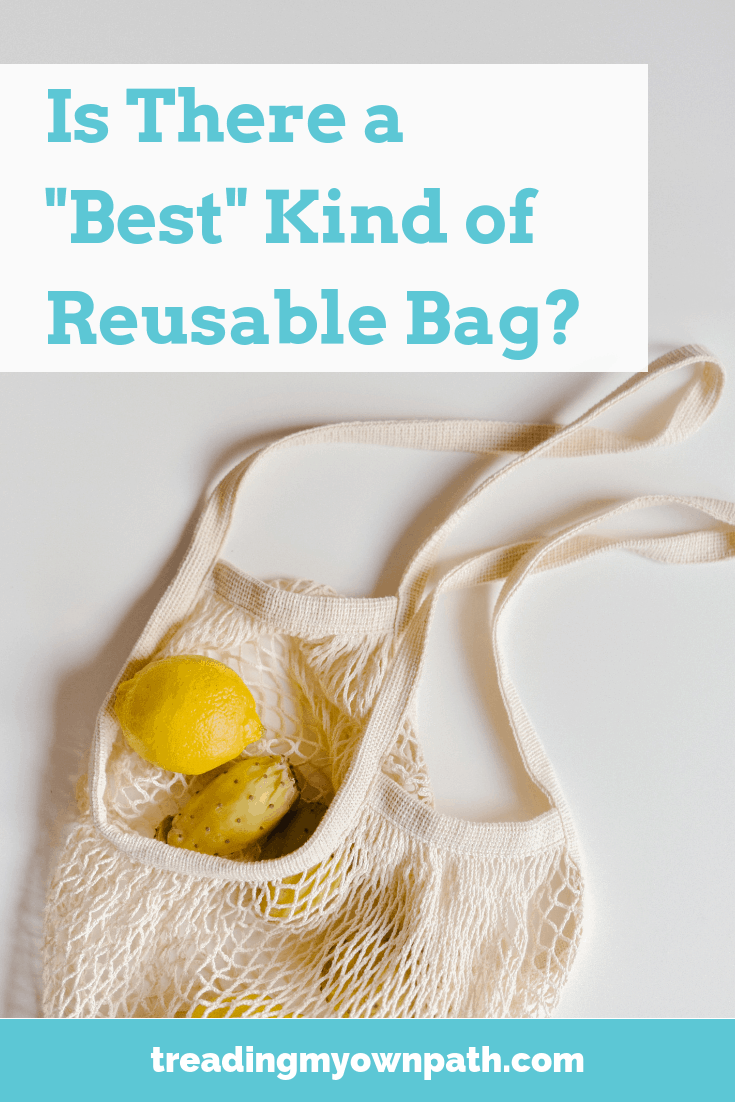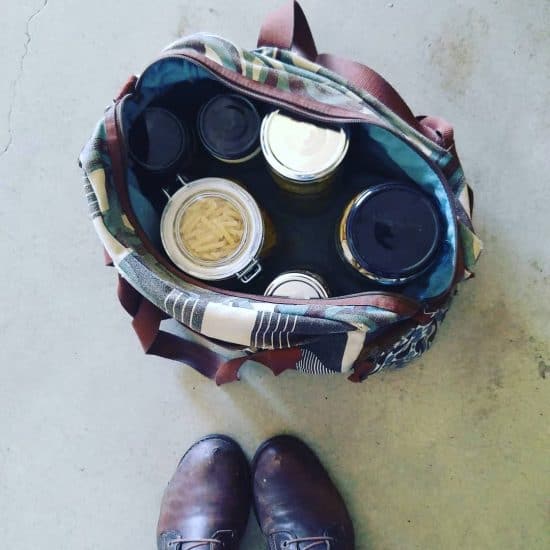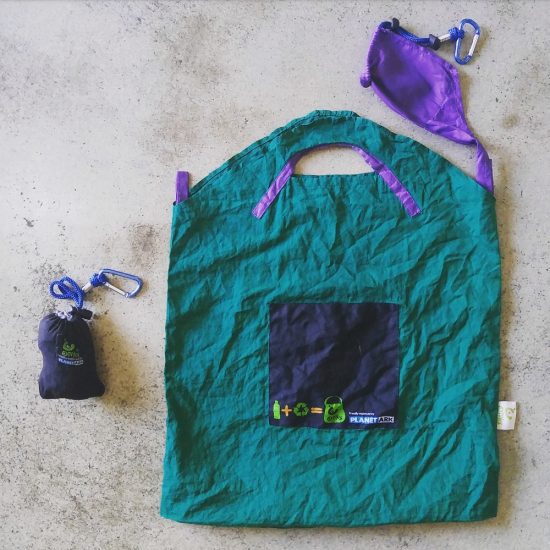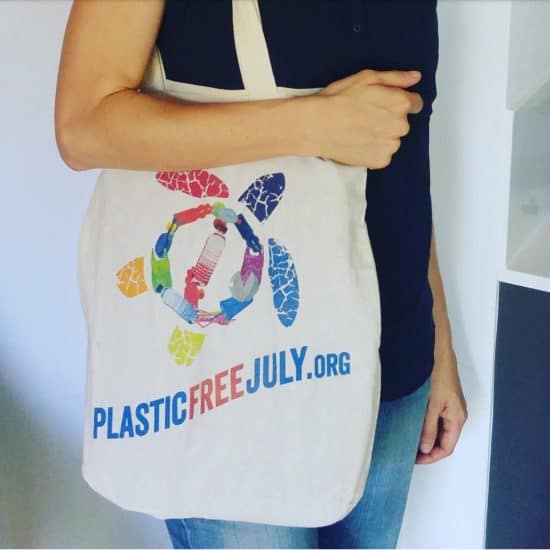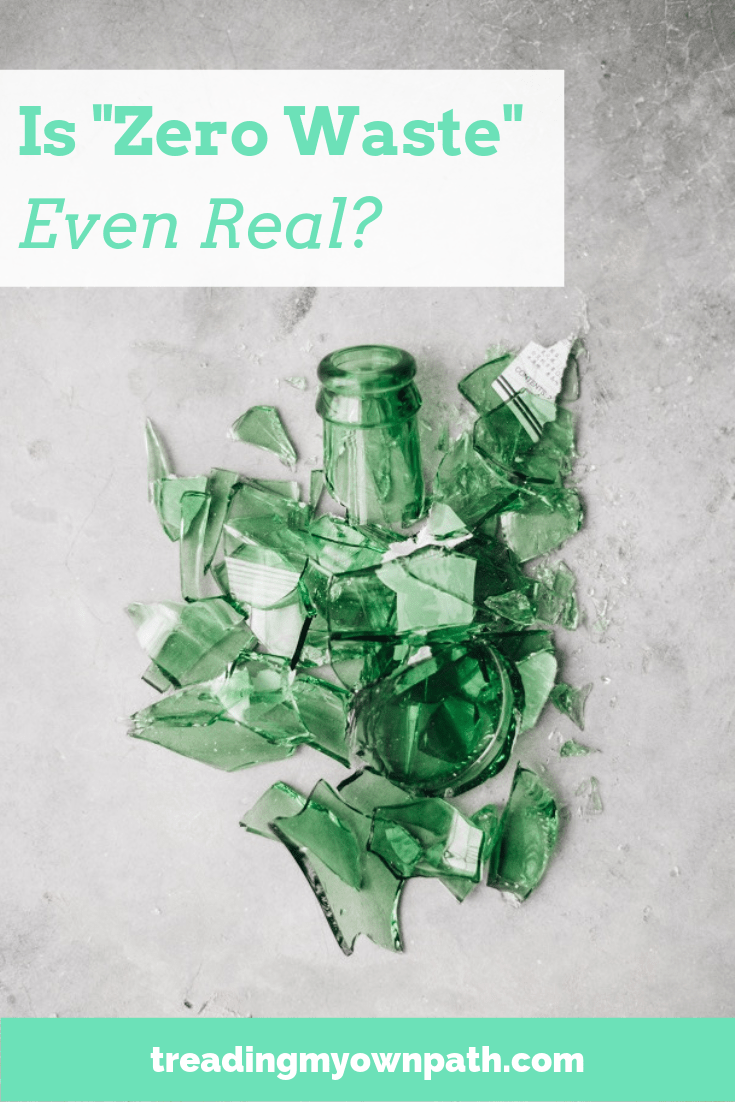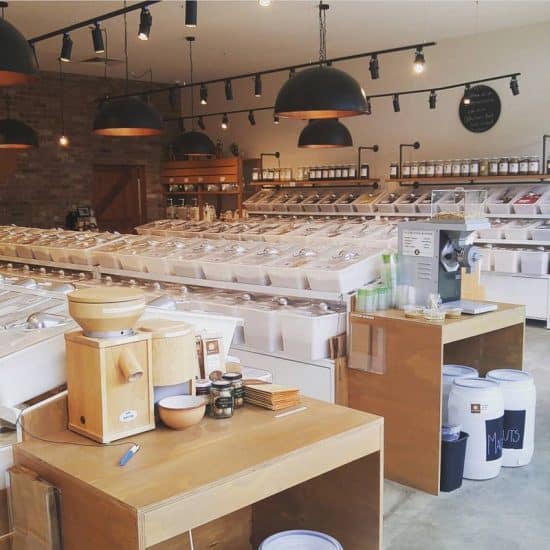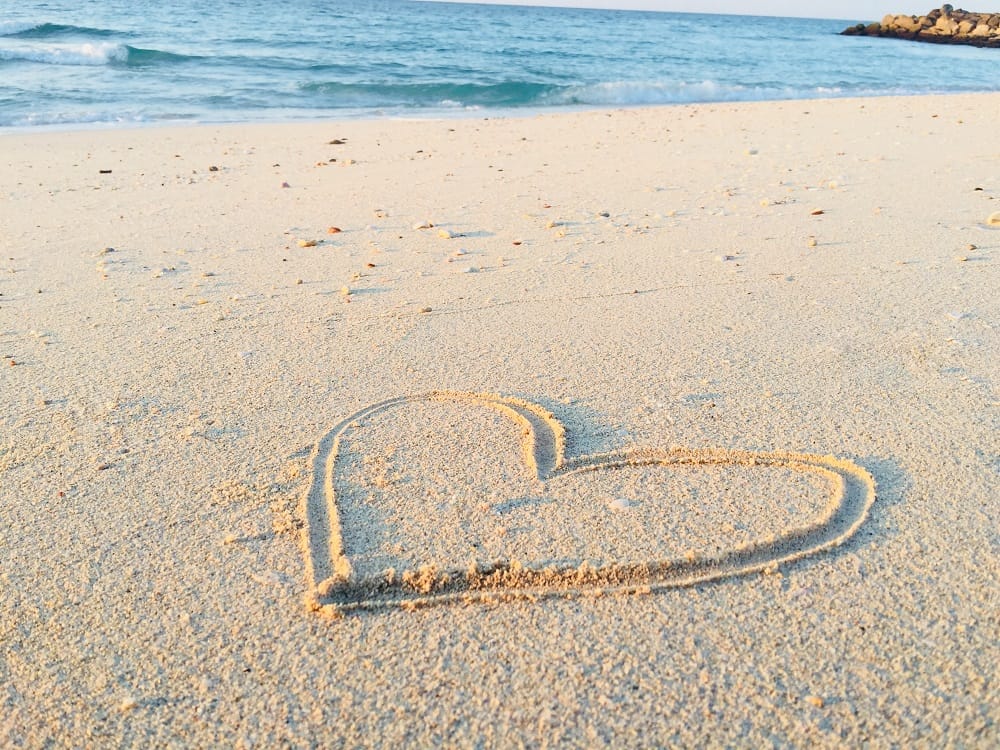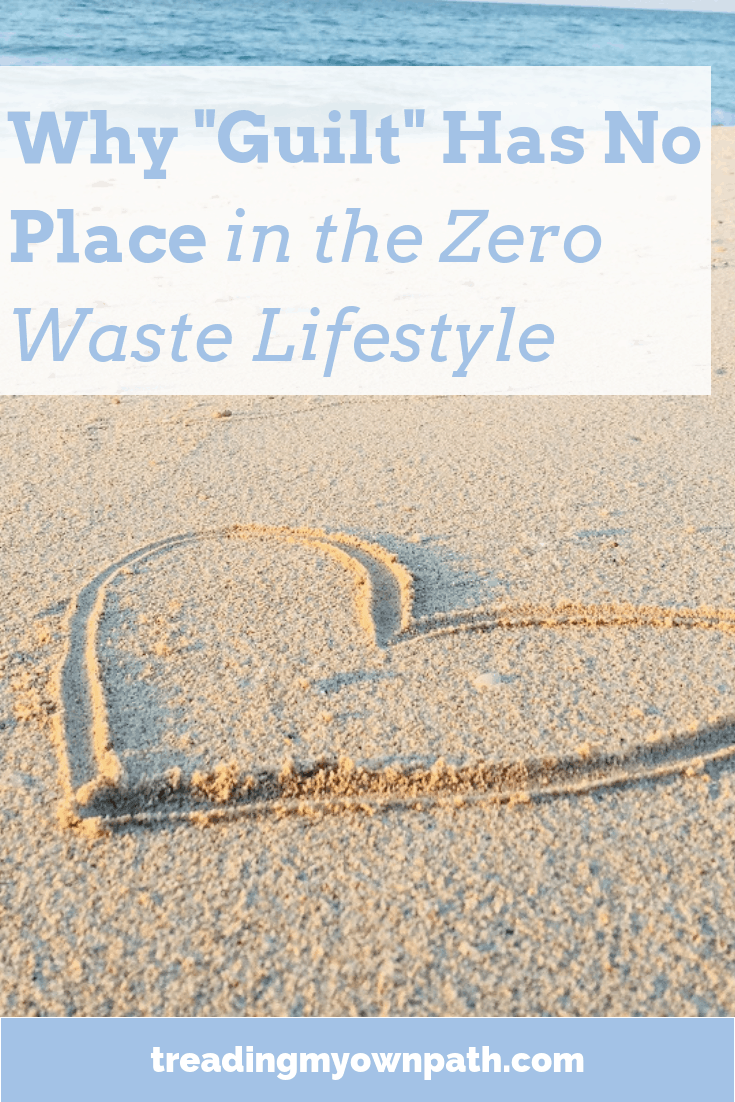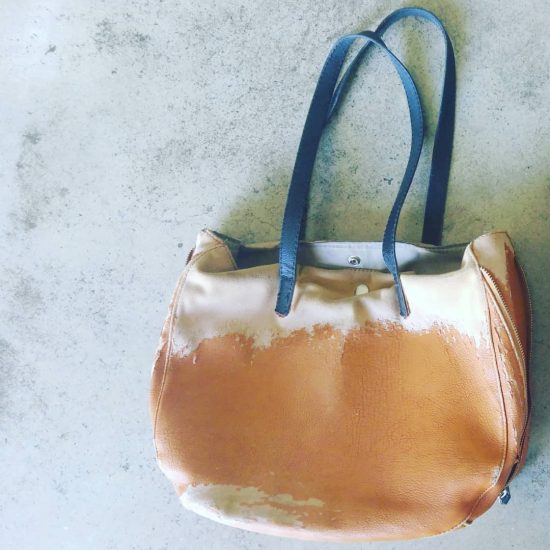The conversation around reducing single-use plastic and working towards zero waste often begins with reusables. These are the tools we often need to avoid the single-use and wasteful packaging – alongside getting the habits in place to actually remember and use them, of course!
Today I wanted to talk about reusable containers. It’s a big topic, because reusable containers have so many uses: for carrying food on the go, leftovers and general food storage. There are also lots of options.
I always say this, and it is as true here as anywhere: there is never a single perfect solution, or a one-size-fits all approach. Different things work better for different purposes, and often we might use different things for our different needs.
I thought I’d share some of the things that I use, and some of the things that are consistently recommended to me by my readers. These aren’t the only options by all means, and they may not be the best options for you.
There’s no need to rush out shopping and buy ALL the things. There may be no need to buy any of the things. Be mindful of your purchases. Ask yourself – can I make do? Do I really need it? Will I actually use it?
I simply want to give you some ideas of what’s available and help you find solutions that fit with your lifestyle and needs.
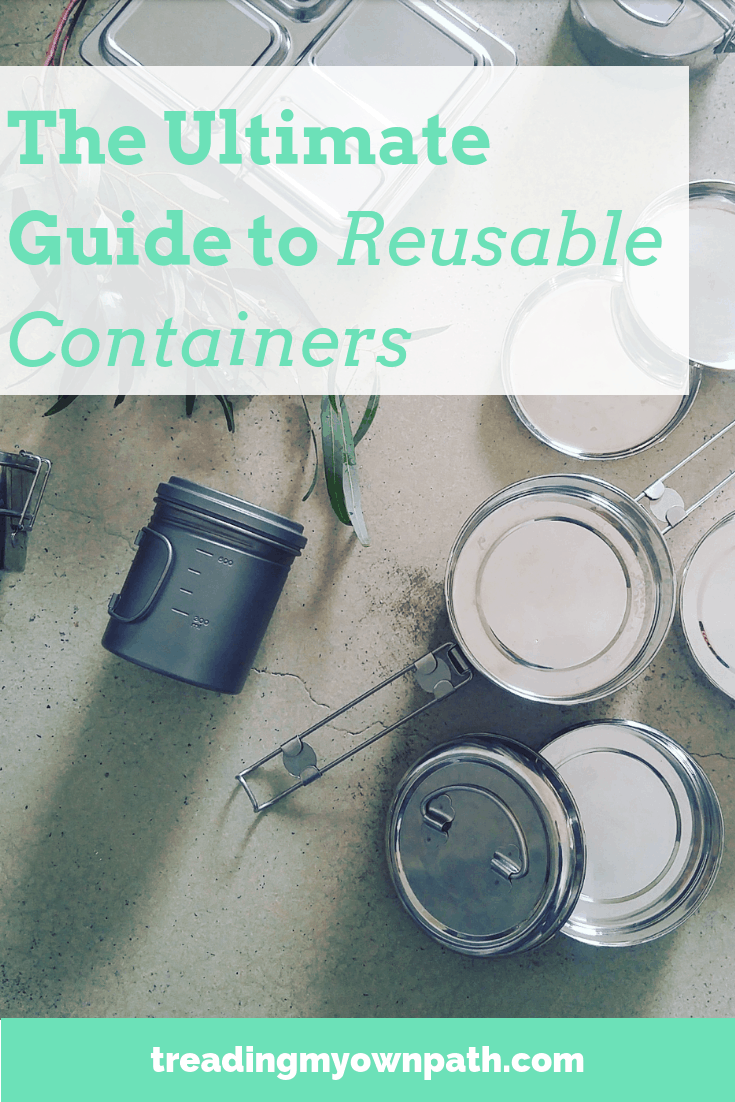
Reusable Containers – Glass
Glass Jars
I’m a big fan of repurposed glass jars. They come in ALL the sizes, and have many uses: dry food storage, holding liquids, keeping leftovers, freezing food (yep, they can; here’s some tips for using glass jars in the freezer) and transporting lunches.
They are also really easy to source, for free from the recycling bin, or for low cost at charity shops.
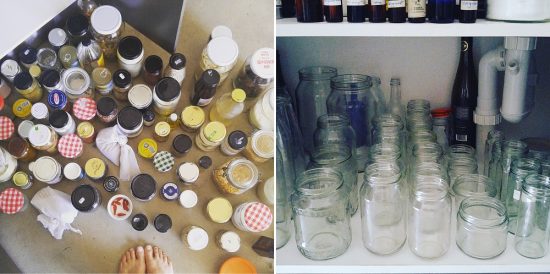
Occasionally I’ve needed to buy new lids for old jars, and these are available at specialist kitchen shops or online. Metal lids often have a plastic lining, but I see it as a lower waste solution than purchasing an entirely new glass jar with non-plastic lid.
Much as I love the look of (plastic-free) Weck or Le Parfait jars, I prefer to make do with what I already have.
Pyrex (and Other Glass Food Storage Systems)
I’m not a fan of storing food in plastic because of health concerns, so back in 2012 I invested in some Pyrex containers. They have plastic lids, but the containers are (freezerproof, ovenproof) glass.
At the time these were the best budget-friendly option I could find. Pyrex is one of those tried-and-tested built to last brands. When the lids split I’ll improvise with something else.
Since then, more glass storage container options have become available: some with plastic lids, others with glass lids and even those with stainless steel lids (part of the Onyx stainless steel range).
Glass storage containers are something easy to find at the charity /second hand shops. I’ve found a few Pyrex containers in my time.
Reusable Containers – Stainless Steel and Other Metal
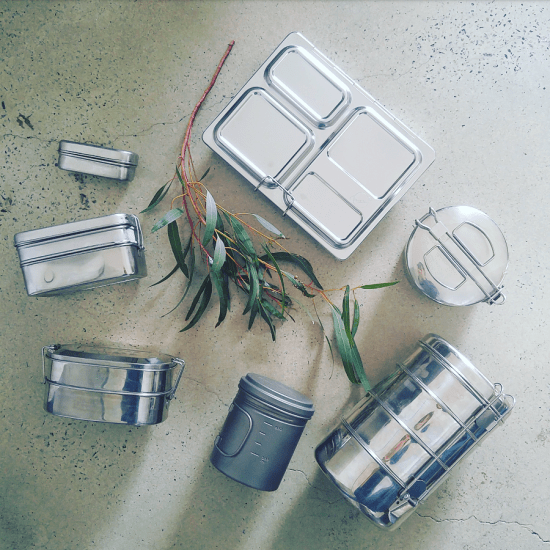
I have a variety of stainless steel storage containers and also a titanium one. In this picture, clockwise from centre top: Planetbox, round single tier tiffin, 4 tier tiffin, Vargo titanium BOT, Seed + Sprout lunchbox, Ecolunchbox (with condiment container).
There are some different types that I haven’t used that have been recommended to me, and I’ve mentioned these below too.
If you keep an eye out, it is possible to find second-hand stainless steel containers in charity shops rather than buying new.
PlanetBox
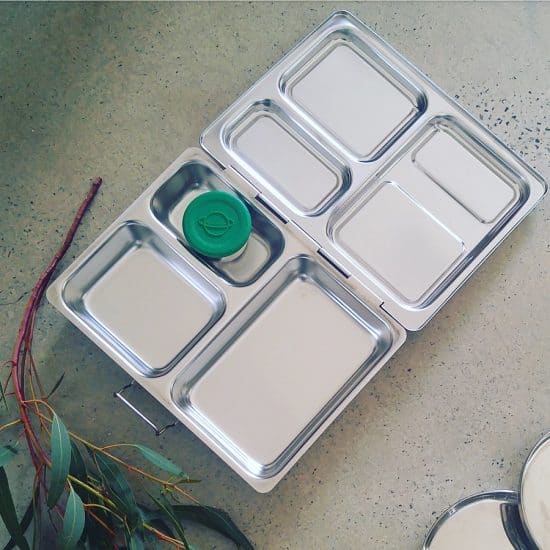
PlanetBox is a stainless steel bento-style lunchbox. The box itself is completely made of stainless steel. There’s no silicone seal and it isn’t leakproof. Great for sandwiches, slices, salads, fruit and nuts.
They have three different versions: the one I have is called the “Launch” (pictured) which has 3 compartments and includes a dipper (little condiment pot). The other versions are the “Rover” (which has 5 compartments and 2 dippers) and the “Shuttle” (which has 3 compartments and a dipper, and is half the size of the “Launch”).
If you’re in Australia, Biome (3 stores in Australia and online) is an authorised stockist of PlanetBox.
Stainless Steel Tiffins
Stainless steel tiffins are the lunchbox of choice in India, and they are one of my favourite options. They are a series of stainless steel bowls that stack together and are clipped in place. The top bowl has a lid and can be used as a single container.
I have a single tier tiffin with an insert that sits inside, and two stackable tiffins (one 3-tier, and one 4-tier).

My favourite is the 4-tier, as each bowl has a stainless steel lid that fits over the top and can be used as a plate. (My 3-tier one is just three bowls, clips and the top lid).
They are easy to store because they stack.
I find them great to take to picnics because they are easy to carry and all the bowls are good sizes.
I purchased my single tier tiffin in Thailand, my 3-tier from a department store and my 4-tier from Dunn & Walton, a store in Perth, WA.
Indian supermarkets are a great and affordable place to find tiffins.
If you’re in the USA, Life Without Plastic have a good range.
Vargo Outdoors BOT Titanium Container
I purchased this titanium container for my Camino Frances hike (800km across northern Spain) because I wanted a reusable container that was extremely lightweight (it holds 700ml and weighs 136g) and also leakproof (it has a silicone ring inside the lid). It can be used to carry water.
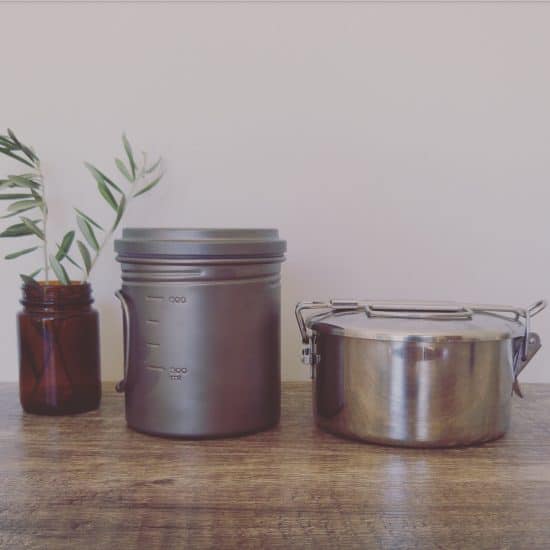
(By comparison, the stainless steel tiffin weighs 295g without the inner tray, holds the same volume, but is not leakproof – there is no seal).
I purchased this container from Vargo Outdoors, a US company whose products are stocked by specialist hiking/expedition stores.
Rectangular Stackable Lunchboxes

I have a couple of rectangular stackable lunchboxes: one by Seed & Sprout (pictured) which has rounded corners and a metal divider, and an EcoLunchbox which is more rectangular, without a divider and with a condiment container.
Neither have a silicone seal and neither are leakproof.
Both are a similar size. My EcoLunchBox is better quality but more expensive (you get what you pay for).
The Seed & Sprout lunchboxes are available directly via the Seed & Sprout website. This design is also available with a number of other brand names: Urban Revolution (an online store and bricks-and-mortar shop just down the road from me) stock the Ever Eco version, which looks identical.
I actually purchased my EcoLunchbox via a seller on eBay. There is a larger version called Sustain-a-Stacker which is stocked by Biome.
Other Stainless Steel Lunchboxes
Some stainless steel lunchboxes come with plastic and/or silicone lids. I don’t have any of these, but I can see the appeal if you have children, want a bit of colour and/or are looking for a leakproof alternative. (Without plastic or silicone to form a seal, stainless steel lunchboxes are not leakproof.)
Two well established and popular brands making kid-friendly reusable lunchboxes are Lunchbots and U Konserve. Both are US brands (US and Canada residents can order from these companies directly). Biome (Australia and NZ) and A Slice of Green (UK) stock these brands for those of us a little further afield.
Food Wraps and Lunchbox Alternatives
Containers can be big and bulky, and sometimes we need more flexible (sometimes literally) solutions. Here’s a few alternatives for this type of food storage.
Food Wraps
Food wraps are a great alternative for transporting food. They are often not plastic-free but they are reusable, and reduce the need for other single-use packaging.
I have a set from 4myearth, a local Perth business. These are natural cotton fabric that have been coated with a plastic layer. They are machine washable. I have both wraps and pockets, and I’ve been using them since 2012.
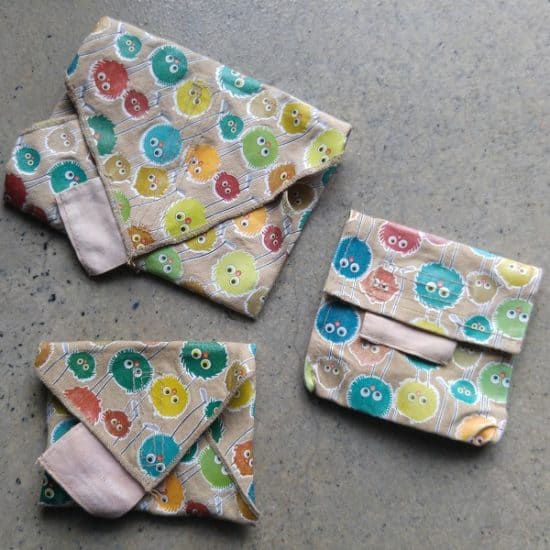
Other synthetic fabric options also exist, including Lunch Skins, Keep Leaf and Onya Sandwich Wraps (which are made out of recycled PET).
Alteratively, if you’re handy with a sewing machine, consider making your own.
Beeswax (and Other Wax) Wraps
Beeswax and other wax wraps are a 100% compostable alternative to food wraps. Due to the natural wax coating they are not suitable for machine washing and need to be hand washed at low temperatures. This makes them unsuitable for some types of foods, such as raw meat.
For me, the ability to chuck in the washing machine is important, but many people swear by wax wraps.
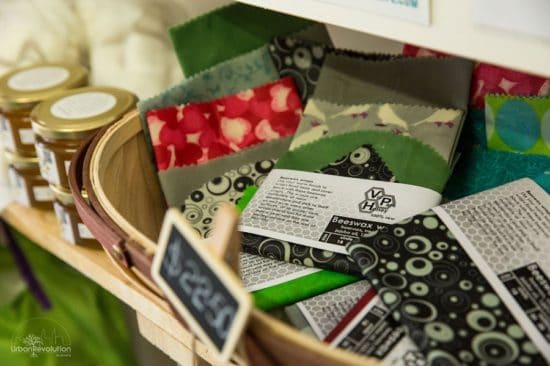
Beeswax wraps are a great opportunity to support local businesses. Most Farmers Markets sell them, alternatively try finding local small businesses on Etsy. If that fails, the majority of online eco stores stock them.
Whilst beeswax wraps are not vegan friendly, there are vegan wax wrap alternatives.
Reusable Silicone Storage Bags
I have personally never used reusable silicone storage bags, but a reader of mine, Katie, raved about them so much I have included these as an option. These reusable bags are designed to replace the single-use plastic zip-lock bags and can be used in a similar way.
The brand Katie recommended was Stasher Bag. These are silicone food storage pouches that can be reused and are dishwasher, freezer, boil and microwave safe.
Rather than paraphrase, I’m going to quote what Katie said directly. (And yes! I did check if she was on some kind of commission too! But no, she is just a fan.)
“I purchased Stasher brand silicone bags and I love them. They are dishwasher, microwave, freezer, and boil safe (for sous vide), and they come with zero plastic. Some of the other highly-rated brands I looked at on Amazon came with a plastic piece to help seal the bag. The Stasher bags seal SO well, and you can even put soups in them.
I’ve been using these bags for frozen fruit. I’ve been buying fresh fruit now that it’s in season, then freezing it to use in my smoothies. This helps me avoid buying plastic bags of frozen fruit from the store. They work very well! I would definitely recommend them. The only downside is that 1/2 gallon (~2 liters) is the largest size, which is a bit smaller than I want.”
Having never been a ziplock bag user, I’m not sure I’d personally get too much use from these. However, if you are a ziplock bag fan, these are a reusable alternative.
Reusable Containers – Where to Source
I’m a huge fan of buying second-hand over buying new. I always check the second-hand stores, online listings such as Gumtree and online auction sites like eBay before I purchase new.
Borrowing (if that’s an option) is a good way to test if you’ll actually use something before committing to making a purchase.
If you do decide to buy new, please consider supporting local brick-and-mortar stores in your area. Actually being able to look at, pick up and generally handle products is a much better way to really decide if something is well made and suitable for what we need.
If that isn’t an option, supporting local independent businesses who genuinely care about the planet is the best way to spend your money. I’ve put together a worldwide list of independent online zero waste and plastic-free stores here.
We can choose to buy new, or we can decide that we can make do without. It’s not wasteful to buy something brand new that we know we will use often, and something that will significantly reduce single use packaging over a lifetime.
The best reusables will always be the ones that we actually use.
Now I’d love to hear from you! What are your favourite reusables? What do you find the most practical for your needs? Are there any other brands you’d like to mention? Is there anything you’ve tried that you wouldn’t recommend? Have you found second-hand treasures that you love? Anything else to add? I really want to hear your thoughts so please share below!
[leadpages_leadbox leadbox_id=140b48fc6639c5] [/leadpages_leadbox]
Disclaimer: this post contains affiliate links, which means that if you click a link and choose to make a purchase, I may receive a small payment at no extra cost to you. I only recommend products that I’ve used myself or those recommended to me by you, my readers, and I always encourage making do or purchasing second-hand before buying anything new.
